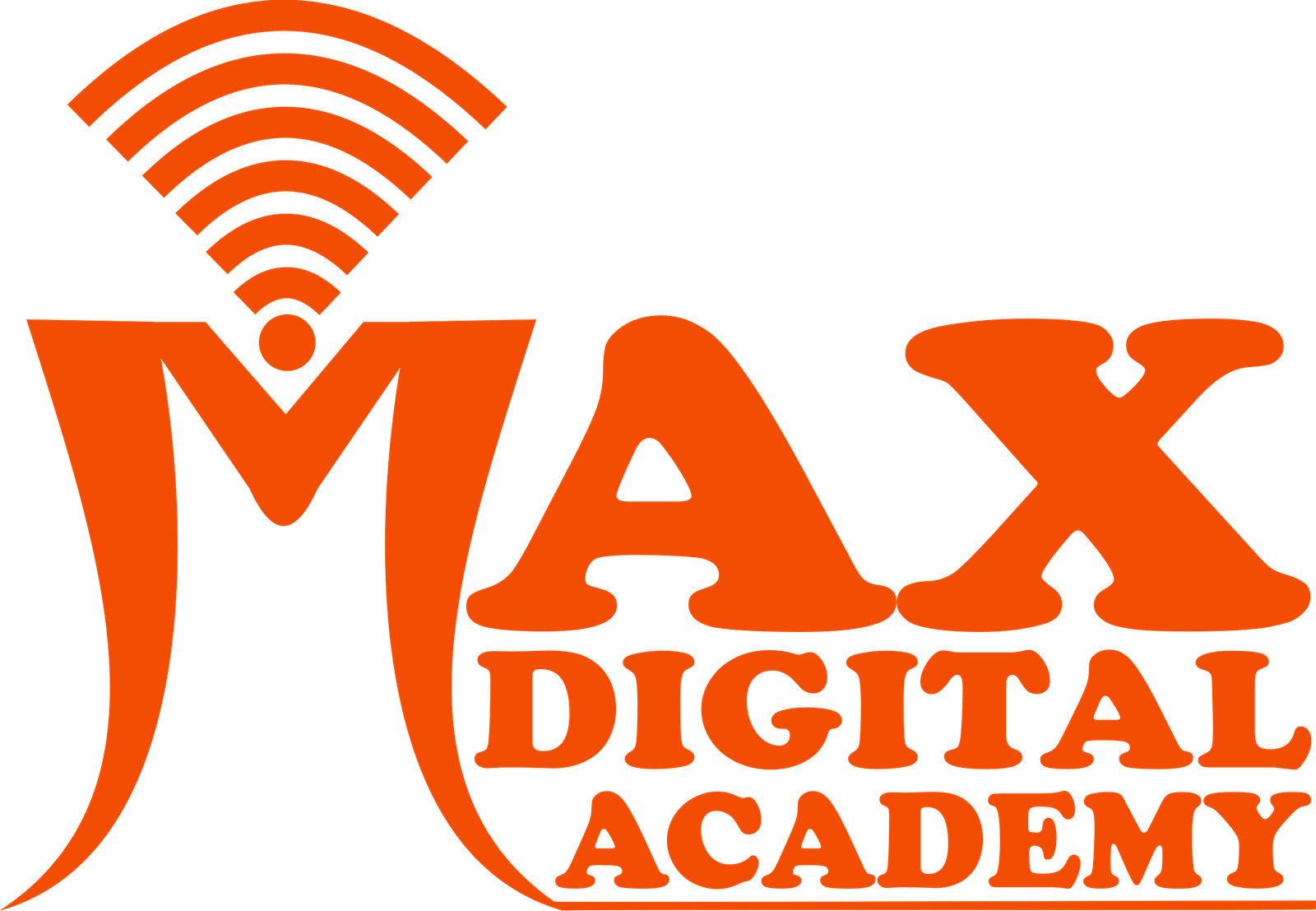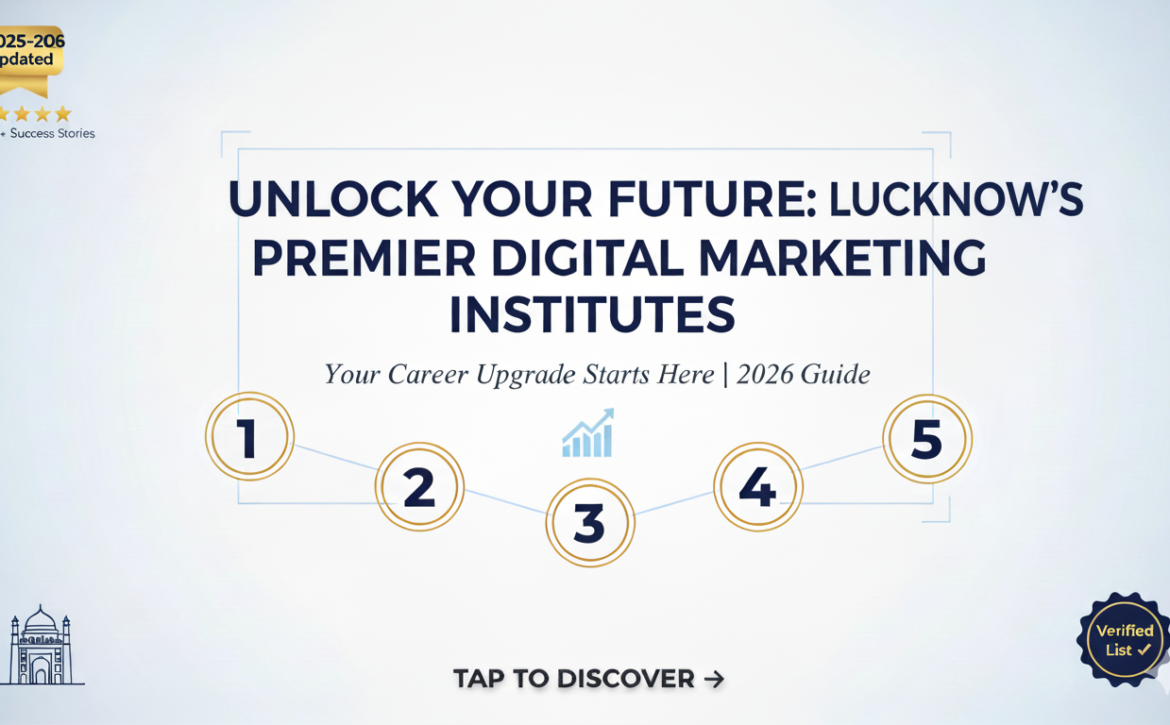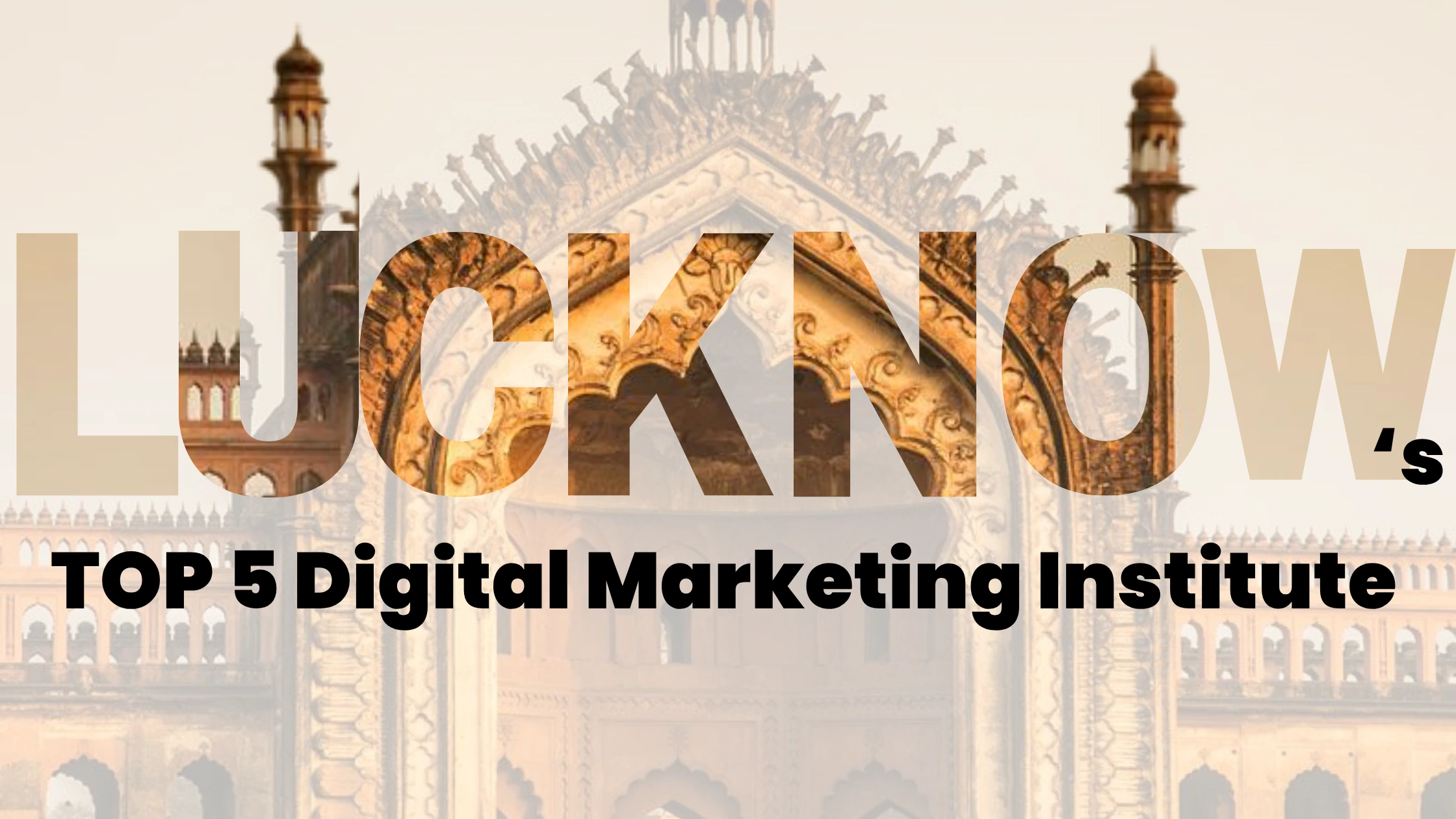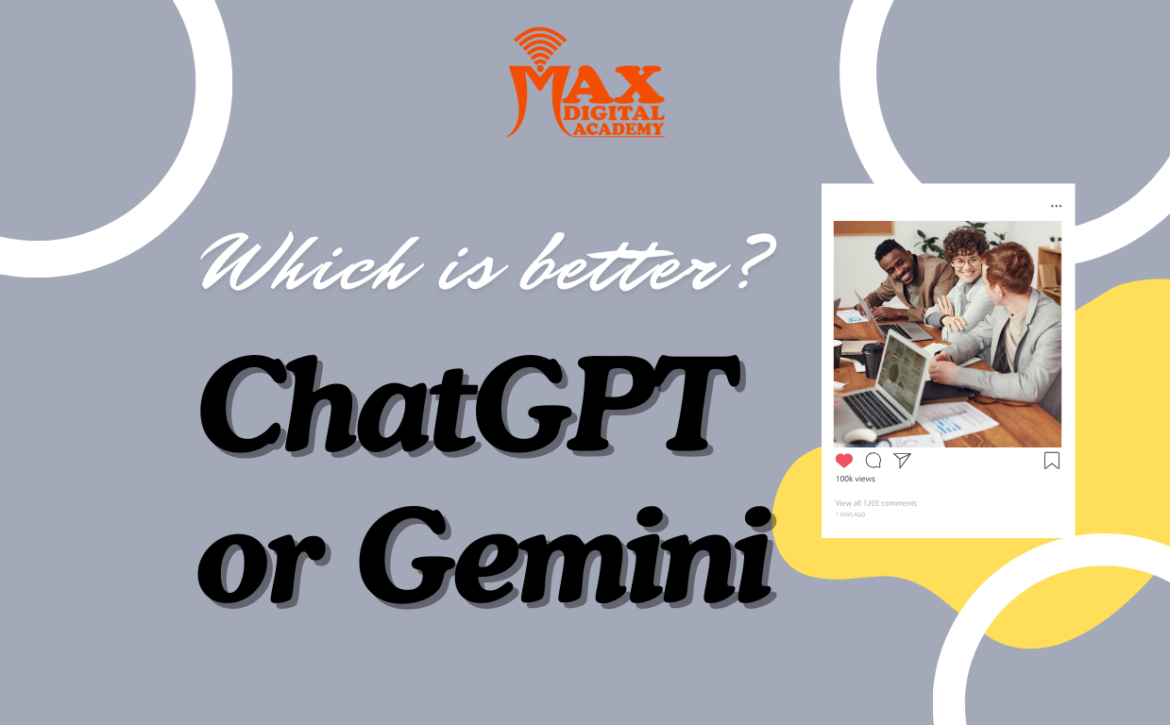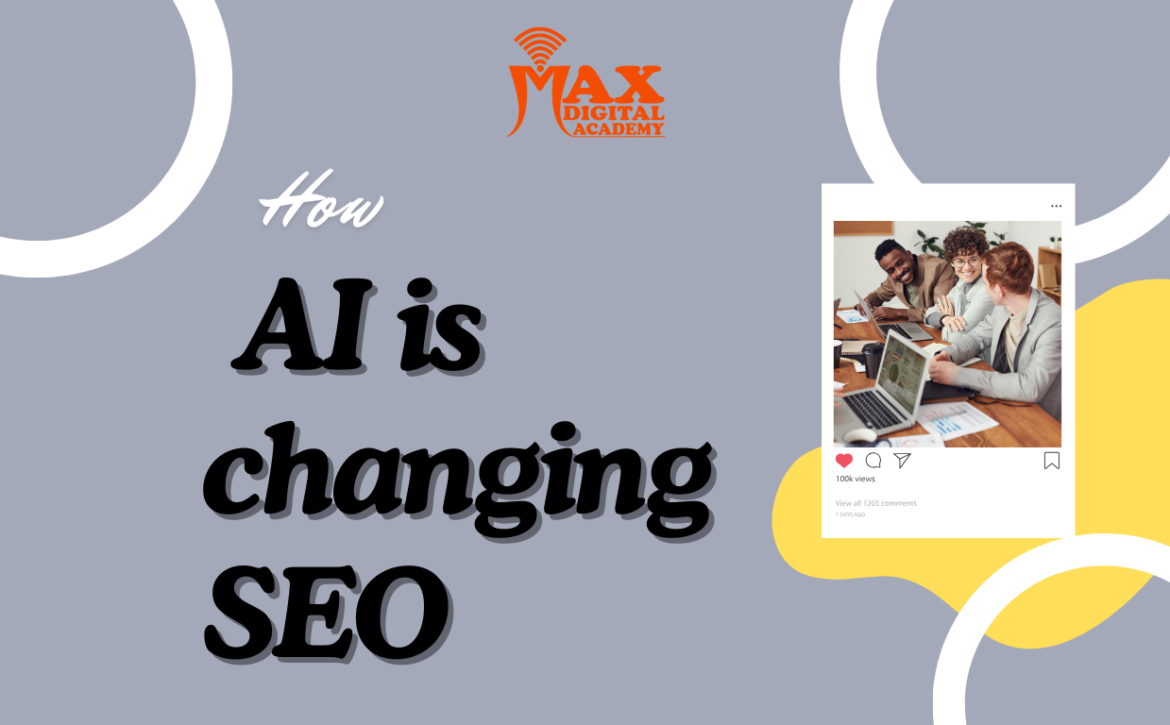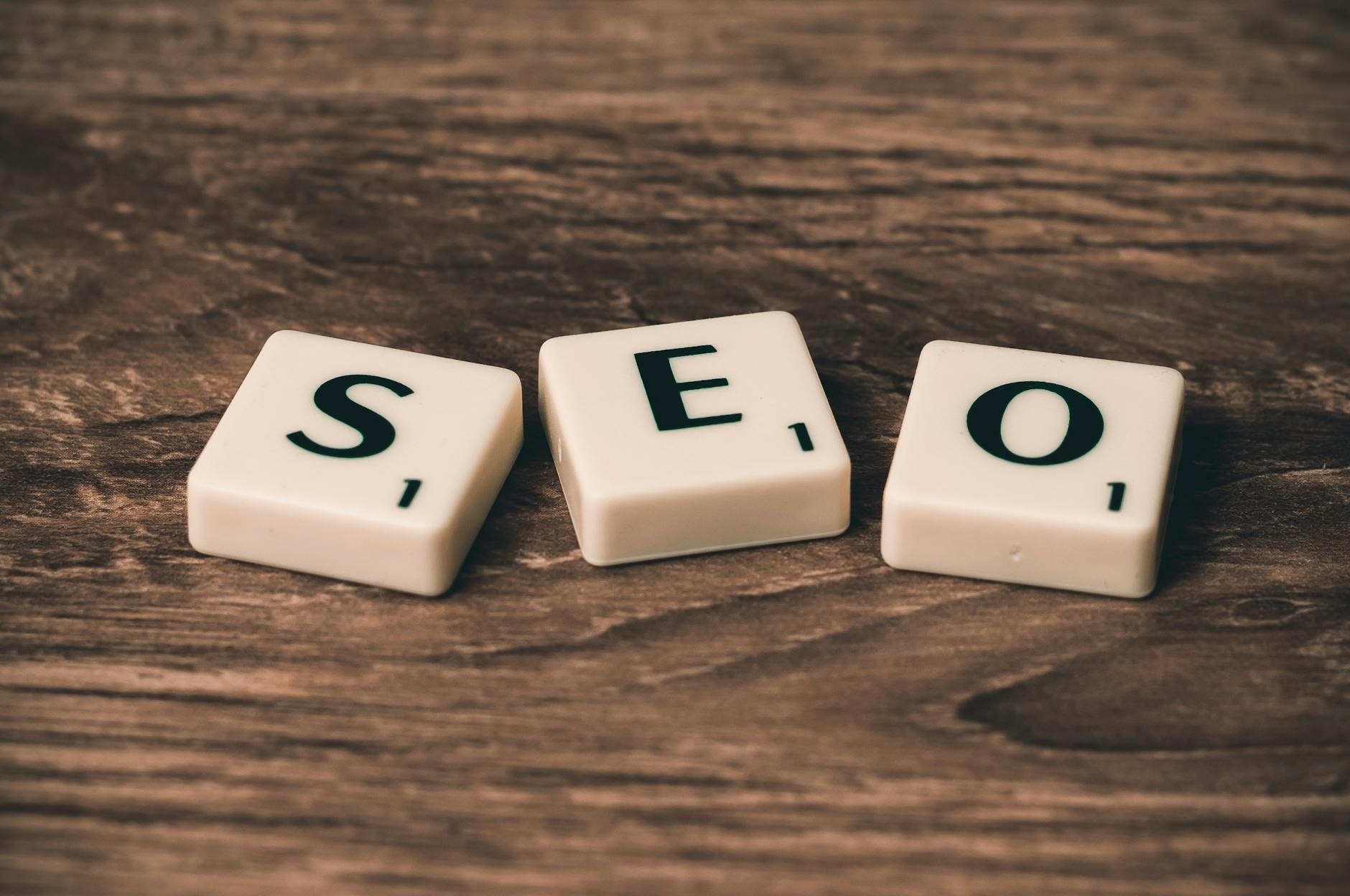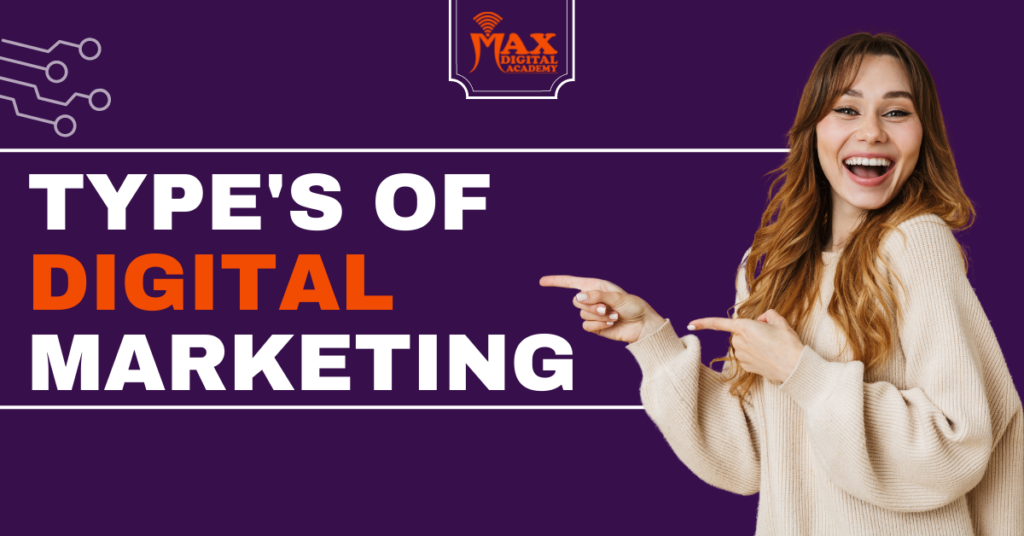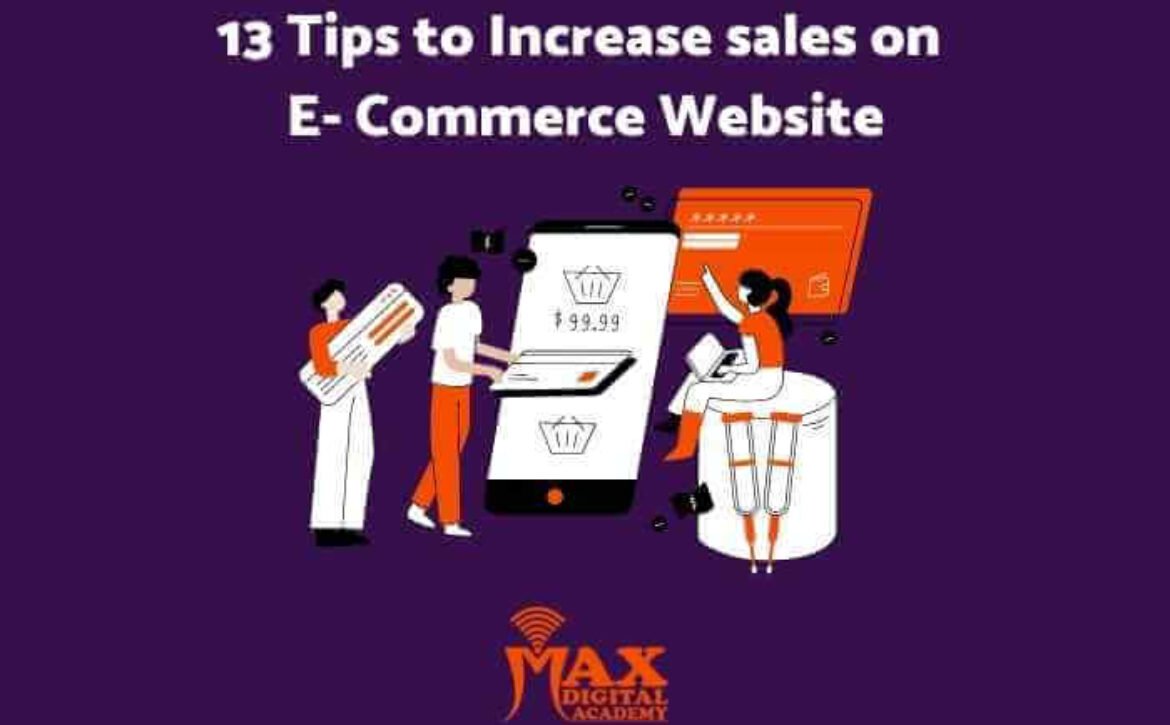You’re sitting in a café in Hazratganj, scrolling through job portings, wondering if you should invest time and money into learning digital marketing. Your friends say it’s saturated. Your parents want you to aim for a government job. But somewhere inside, you know the world is moving online—and fast.
So, is digital marketing a good career in 2026? Let me give you the honest answer, backed by real data, especially for those of you in Lucknow and North India.
Quick Answer: Yes, But With Conditions
Yes, digital marketing is an excellent career choice in 2025—especially if you’re willing to learn continuously, build real skills, and stay updated with trends like AI and automation.
Here’s why it works:
✅ High demand: 30% year-on-year growth in job postings
✅ Low entry barrier: No specific degree required
✅ Good earning potential: ₹15,000–₹80,000/month based on experience
✅ Work flexibility: Freelance, remote, or office-based options
✅ Growing in Tier 2 cities: Lucknow, Jaipur, Indore seeing high demand
But here’s the reality check: Not everyone who learns digital marketing succeeds. Success comes to those who practice, build portfolios, stay curious, and treat it as a real profession—not just a “side skill.”
Let’s dive deeper.
Why Digital Marketing is Booming in 2026?
✅ India’s digital advertising market is expected to reach ₹539 billion by 2025 (Statista)
✅ Over 20 lakh digital marketing jobs will be created in India by 2025 (NASSCOM)
✅ 68% of Indian businesses now have dedicated digital marketing teams (LinkedIn Report)
✅ E-commerce, EdTech, FinTech, SaaS, and D2C brands are hiring aggressively.
Why Digital Marketing is Booming in 2026?
✅Internet penetration in smaller cities: Lucknow, Kanpur, Varanasi—everyone is online now
✅Post-COVID shift: Businesses realized they NEED an online presence
✅Affordable smartphones: Even small businesses are advertising on Facebook and Instagram
✅Regional content explosion: Hindi, Bhojpuri, and regional language content is growing fast
✅Startup culture in Tier 2 cities: Lucknow has a growing startup ecosystem (e-commerce, food delivery, EdTech)
Digital Marketing Job Market in Lucknow
Let me get hyper-local. If you’re in Lucknow, here’s what the job market looks like right now.
Companies Hiring in Lucknow

Salary Reality in Lucknow (2026)

While salaries in Lucknow are lower than Bangalore or Gurgaon, your cost of living is also much lower. A ₹30,000 salary in Lucknow gives you a lifestyle equal to ₹50,000+ in metros. Plus, you stay close to family and friends.
How to Start Your Digital Marketing Career in Lucknow
Step 1: Choose the Right Learning Path
- Self-learning (YouTube, blogs): Free, slow, requires discipline
- Online courses (Udemy, Coursera): ₹500–₹5,000, flexible, no support
- Institute training (Lucknow-based): ₹20,000–₹40,000, structured, placement help
For Lucknow students, I recommend: Institute training for first 3 months (builds foundation + network), then online courses for specialization.
Step 2: Build Real Projects (Not Just Theory)
- A blog or YouTube channel
- Social media pages
- Run sample ad campaigns
- Freelance projects for local businesses
Lucknow opportunity: Small businesses (gyms, restaurants, boutiques, coaching centers) need help and will let you practice for cheap/free.
Step 3: Network Locally
- Join Lucknow digital marketing groups on Facebook/LinkedIn
- Attend meetups at co-working spaces (Innov8, 91Springboard if available)
- Connect with agency owners
- Follow local digital marketers
Step 4: Create Your Portfolio
- “Increased Instagram followers by 300 for XYZ Gym”
- “Ran Google Ads campaign with ₹5,000 budget, got 50 leads”
- Before/after screenshots
Step 5: Apply Strategically
- Freshers: Apply to agencies, internships (₹8k–₹15k)
- After 6 months: Apply to in-house roles (₹18k–₹30k)
- Simultaneously: Build freelance clients (₹5k–₹20k per client)
How to Start Your Digital Marketing Career in Lucknow
If you’re serious about building a digital marketing career, choosing the right institute matters.
Max Digital Academy has been Lucknow’s trusted name in digital marketing education because:
✅ 100% practical training: Live projects, not just theory
✅ Expert trainers: Working professionals, not just teachers
✅ Placement assistance: Partnerships with Lucknow agencies and companies
✅ Lifetime support: Doubt-solving even after course completion
✅ Affordable fees: Starting at ₹20,000 with EMI options
✅ Small batches: Personal attention, not crowded classrooms
✅ Updated curriculum: Includes AI tools, latest trends
✅ Portfolio building: We help you create real work samples
Frequently Asked Questions
Is digital marketing a good career in 2025 for freshers?
Yes, absolutely. Digital marketing is one of the few fields where freshers can get hired based on skills and portfolio, not just degrees. Companies care more about what you can DO than where you studied.
Can I learn digital marketing without an IT background?
100% yes. Most successful digital marketers come from B.Com, BA, BBA, even B.Sc. backgrounds. You need basic computer skills and willingness to learn—that’s it.
What is the salary of a digital marketer in Lucknow?
Freshers: ₹12,000–₹25,000/month
1–2 years: ₹25,000–₹45,000/month
3–5 years: ₹45,000–₹80,000/month
Experienced/freelancers: ₹1,00,000+/month
Is the market too saturated?
Partially. Many people are “learning” digital marketing, but few are actually good at it. If you build real skills and a strong portfolio, you’ll stand out easily. Quality > quantity.
Can I do digital marketing part-time?
Yes. Many students and working professionals do freelance digital marketing part-time and earn ₹10,000–₹30,000 extra per month.
Do I need to move to Delhi/Mumbai for digital marketing jobs?
Not anymore. Lucknow has growing opportunities. Plus, remote work is normalized now—you can work for Mumbai companies from Lucknow.
